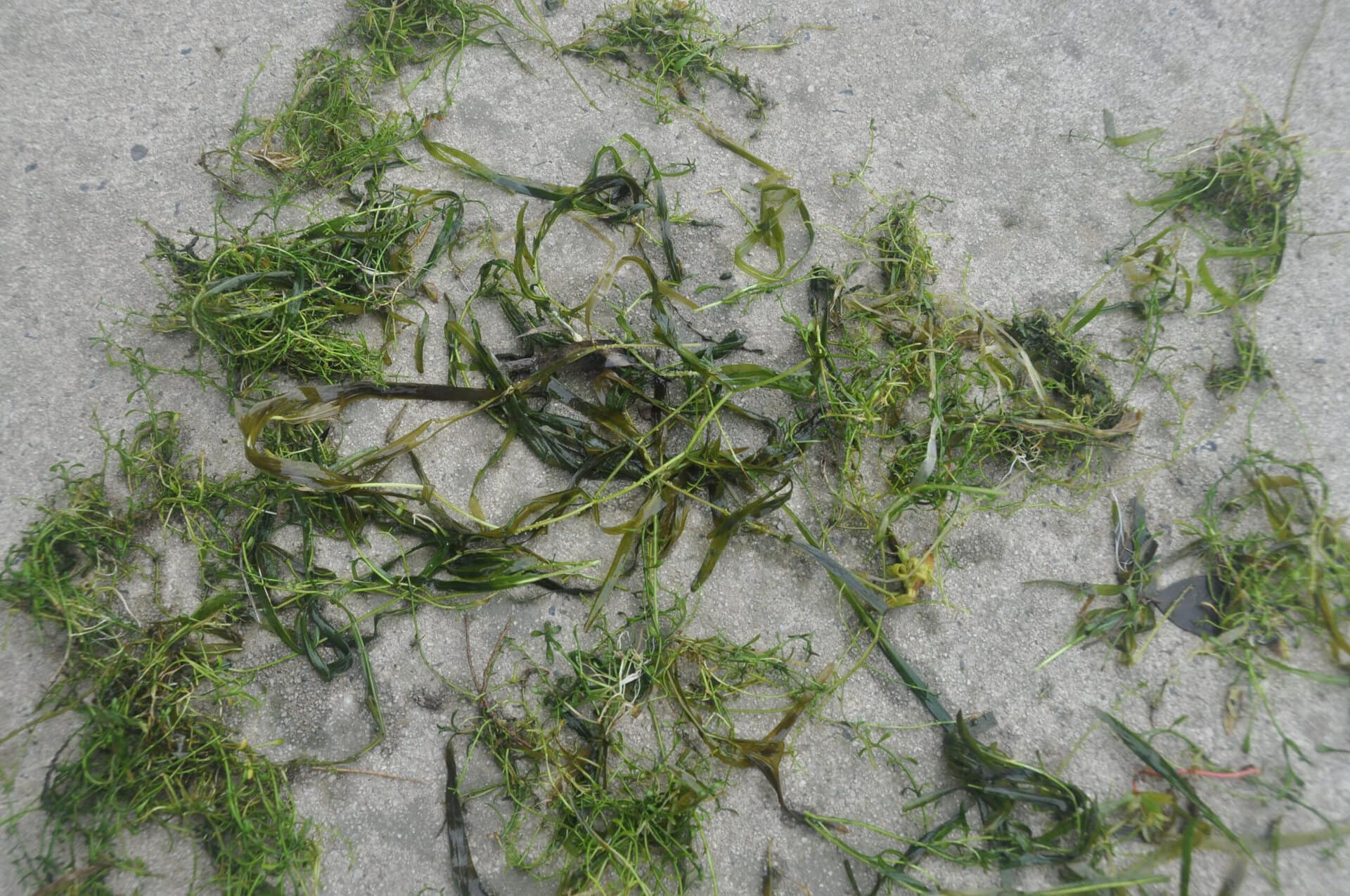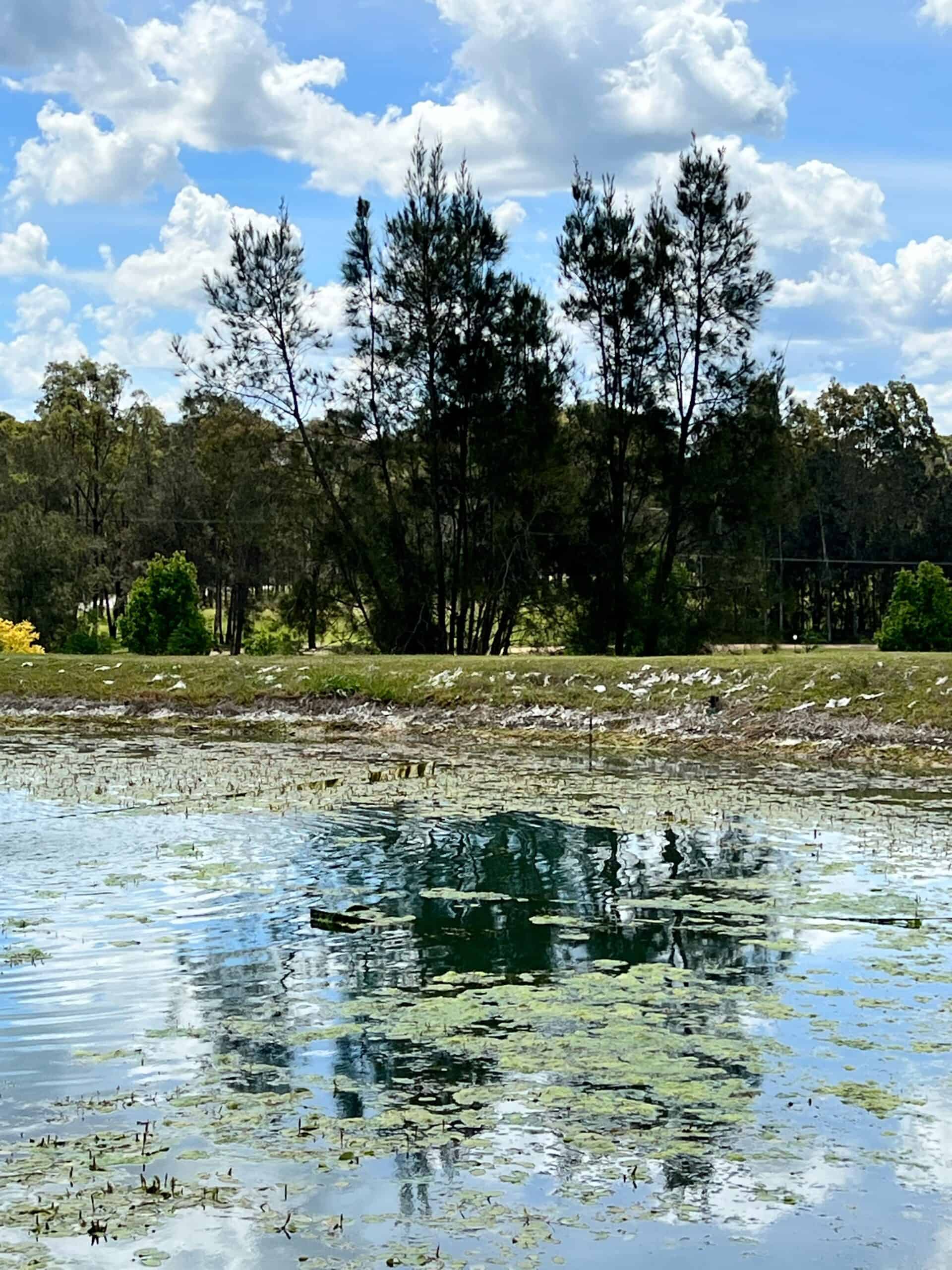
Effective Treatment for Potamogeton and Red Azolla in Your Dam
Q. What product do I need to get rid of floating weeds, dam that supplies water to cattle troughs. the dam has some large gold fish. One type of weed is fibrous another is almost like Kikuyu. Also another dam has that red Azolla.
ANSWER
Based on the description you’ve provided, it sounds like your dam is facing a couple of issues.
The main weed growing is called Potamogeton, and is a noxious aquatic weed. Because Potamogeton mainly grows beneath the surface of the water, it is calssified as a submerged aquatic weed. As Potamogeton matures, its seed pods start growing above the water surface. These are matured, the Potamogeton becomes tougher and harder to remove as the seeds spread, so I highly recommend treating these ASAP.
To kill Potamogeton, you will need to apply AQ200 aquatic herbicide. AQ200 is an APVMA approved aquatic herbicide and is safe to use for drinking water, irrigation water, livestock etc. It is also safe to use with fish
5L of AQ200 will treat 1ML (1,000,000L) of water. Based on the dimensions you’ve provided, your dam holds about half 0.4ML, meaning you will need about 2L of AQ200.
Please note that the water must be clear for AQ200 to work. Ensure that the water is clear and not turbid before use.
Important, AQ200 has a strict 10-day witholding period after application, during which the water cannot be used for drinking, irrigation, livestock, or similar. After the 10 days have passed, the water is completely safe for resuming these activities.
To get rid of the red azolla in your other dam, you can also use AQ200. The treatment method for free-floating weeds like azolla is to use an approved aquatic herbicide like our AQ200 + Wetting Agent combination.
1L of AQ200 + 500mL Wetting Agent will cover between 250m2 – 500m2 of surface area, so a little bit does go a long way. Once diluted according to the label instructions, spray evenly across the water surface while getting good coverage of the weeds. Ensure to use clean town/tank water when diluting the AQ200.
.




